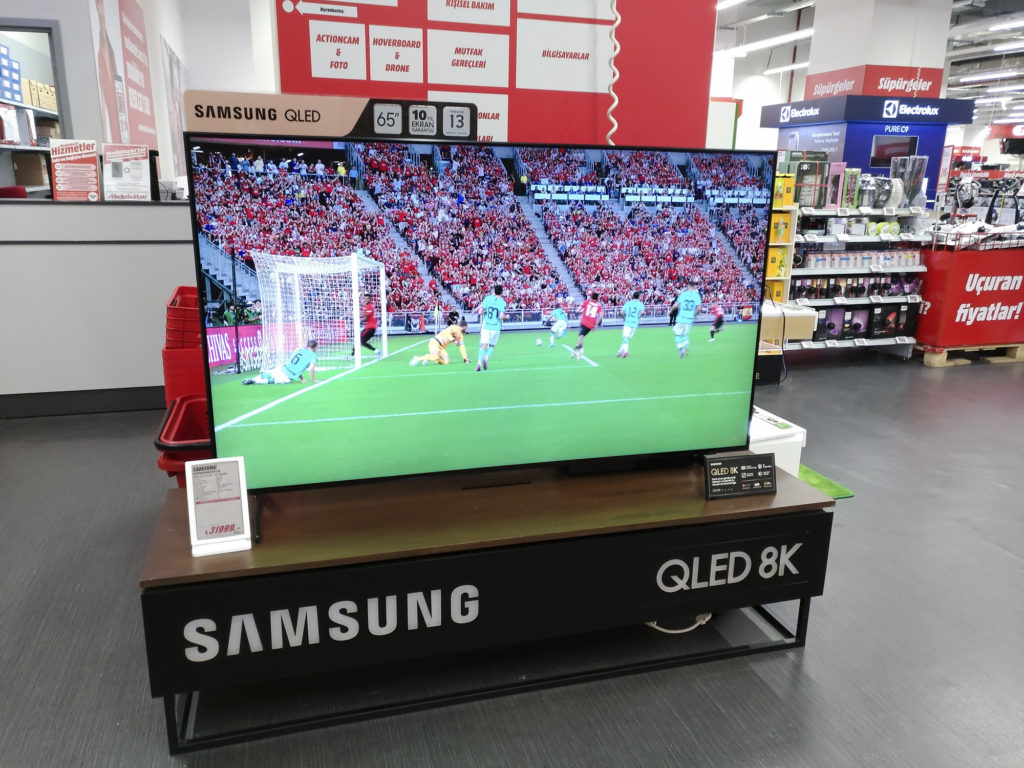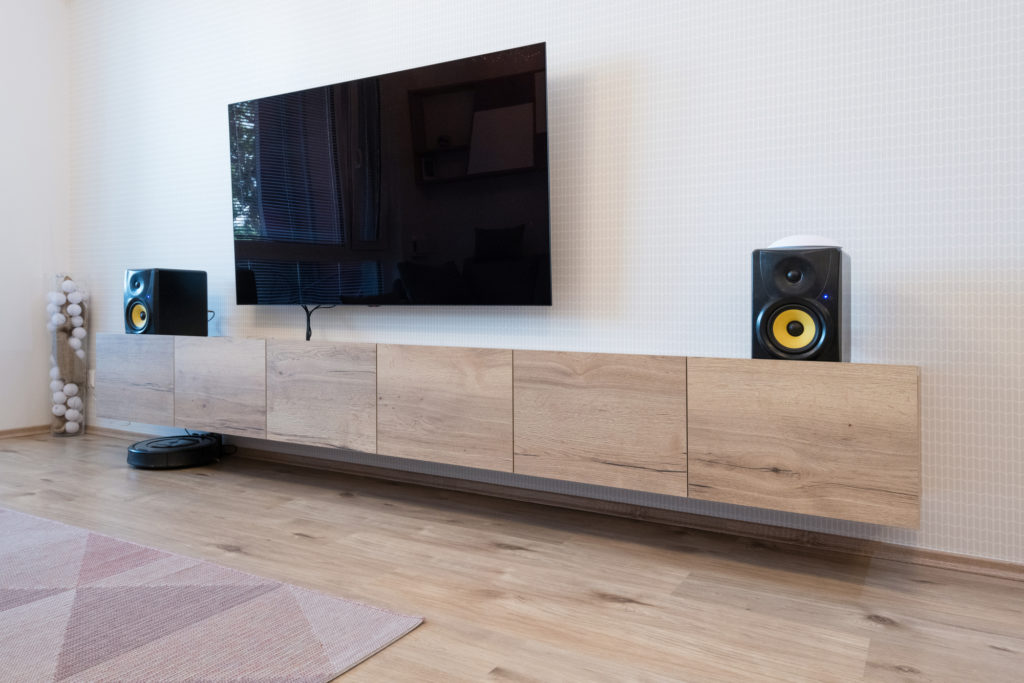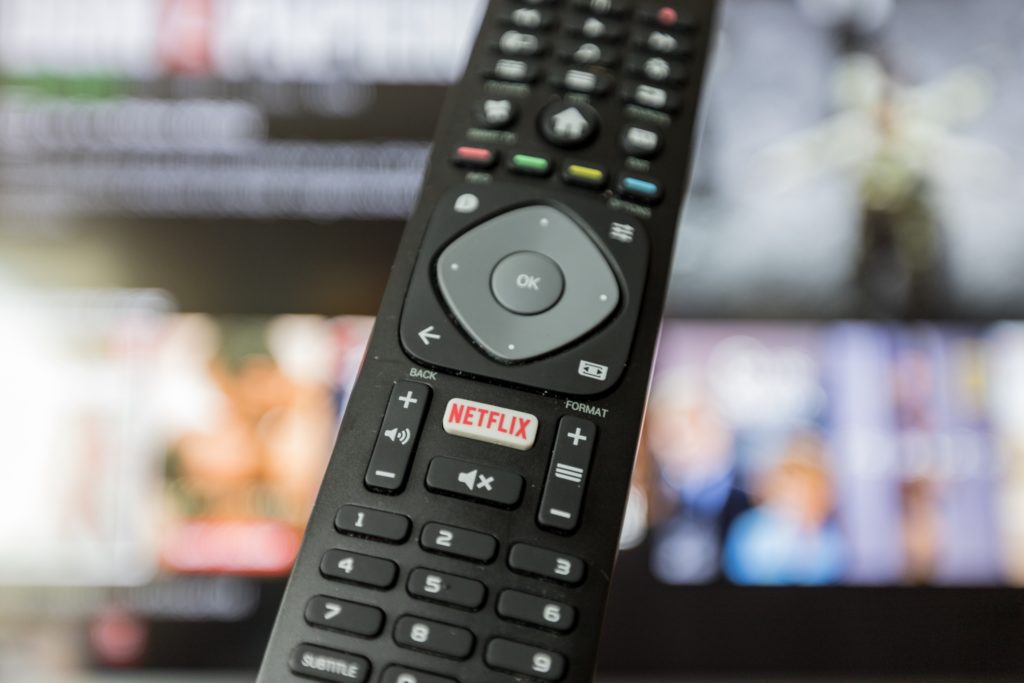Samsung TVs are great entertainment, but pixelation can ruin the experience.
Issues with pixelated TVs can be frustrating, but the rest of this article will walk you through common causes and solutions to pixelated TVs.
Why Does Samsung TV Keep Going Pixelated?
Samsung TVs can experience pixelation for a variety of reasons.
Hardware issues can cause the pixels to light up incorrectly or with improper timing, causing distracting pixelation to occur.
Another common cause is if the TV isn’t able to get a good signal for the content being broadcast.
Lastly, pixels may become corrupted due to software updates sent to the cable box or modem, causing power supply issues to pixelate the screen.
How Do You Fix a Pixelated Samsung TV?
Fixing a pixelated Samsung TV is often a matter of trial and error.
You’ll likely have to try several solutions before finding what fixes the issue, but here are some common solutions to fix pixelation in your Samsung TV.
Turn the TV Off and On Again
Sometimes, it’s just that simple.
If the TV has a malfunction while booting up, affected pixels may become corrupted, causing visible pixelation on the screen.
Hold the power button so that the television powers down completely.
Wait 10-15 seconds, and then turn the television back on again to check if the issue is still there.
Change the Channel
When you’re watching cable TV, a signal is being broadcasted to your antenna, creating the image you see on the screen.
If a channel’s broadcast location is far away or if the signal is disrupted, pixelation can occur.
This is a good benchmark to check if the issue is with your TV or a particular channel.
Tighten Your Cables
If a cable is poorly connected to the television, then the signal may be interrupted or weak, causing pixelation.
To fix this, check that all of your cables are tightly secured.
This includes the power cable, HDMI cable, and the split cables.
If you don’t notice any visible difference, it’s worth testing each one.
Turn the TV off and unplug the power cord.
Wait 10-15 seconds and turn the TV back on to see if the issue is still there.
Repeat this process with the split cables and HDMI cable.
Power cycling your power cord is especially important after Samsung has issued a software update, since bugs in the update can cause the power supply to be inadequate for the TV.
Unplugging and plugging the power cord back in can help power cycle your television, potentially dealing with any simple power supply issues.
Replace Your HDMI Cable
HDMI cables can wear out over time, causing a weak power supply to the TV.
Replace your current HDMI cable with a spare one and turn the TV on to test if the issue continues.
Address Wi-Fi and Router Issues
A weak signal can cause pixelation, leading to a lot of common television issues.
Make sure that your television is not too far away from the router and that the signal isn’t being blocked.
It’s worth plugging your router directly into your TV for the best connection to see if the issue goes away.
If it does, then you’ll know that the connection is the issue.
Other programs can also cause interference if you don’t have enough bandwidth to stream the program you’re watching.
Try turning off all your other devices to make sure that your TV isn’t simply struggling to maintain connection.
Satellite Issues
Unfortunately, sometimes pixelation can be caused by satellite issues.
If you’ve recently had a thunderstorm or other inclement weather, it’s possible that debris is blocking part of the satellite, leading to fuzziness, pixelation, or freezing images on the screen.
Fixing this will require a trip to the roof to check for debris.
DVD, Blu-ray, Cable Box Problems
If you’re watching a DVD or Blu-ray disc on your Samsung TV, it’s possible that the issue isn’t with your TV at all.
Remove the DVD from the player and inspect it for scratches.
A scratched disc can cause pixelation on your screen to occur since the television doesn’t know how to display the scratched portion of the disc.
It’s worth checking DVDs, cable television, and the menu screen to discern where the corruption is occurring.
If the pixelation occurs irrespective of what you’re doing, it might be best to take it to a repair shop to have an electronics repair technician look for hardware issues.
If you are using a cable box, try disconnecting it and see if it makes any difference.
Sometimes they can cause different issues, including the pixelation of the screen.
Conclusion
Fixing a pixelated Samsung TV can be difficult, but the issues are often solved with a few quick adjustments so that you can continue enjoying TV without any frustrating on-screen pixelation.
Start by turning the TV off and on again.
If that doesn’t fix the issue, you should check your cables to make sure they’re firmly plugged into the TV.
Install any software updates and ensure that there is no interference between the TV and your router.

Hi there, technology lovers! My name is James, I am an admin and a frequent writer for this blog. I am a techno-geek, so this blog is the place where I want to share all my knowledge with you to make your life a little bit easier in terms of dealing with technology.



